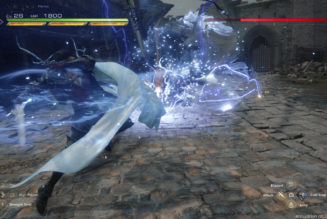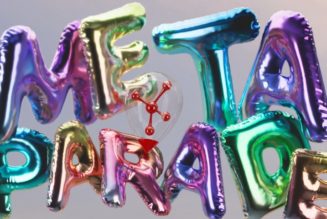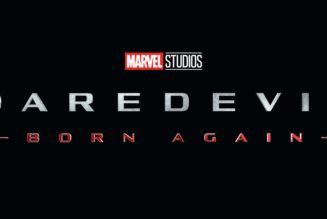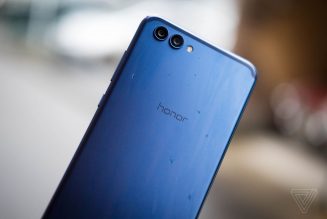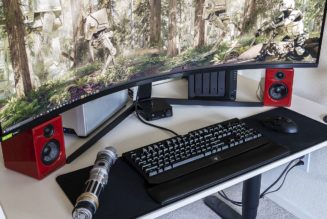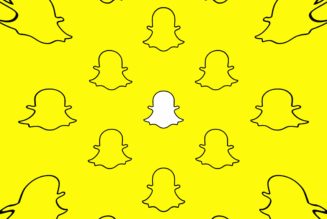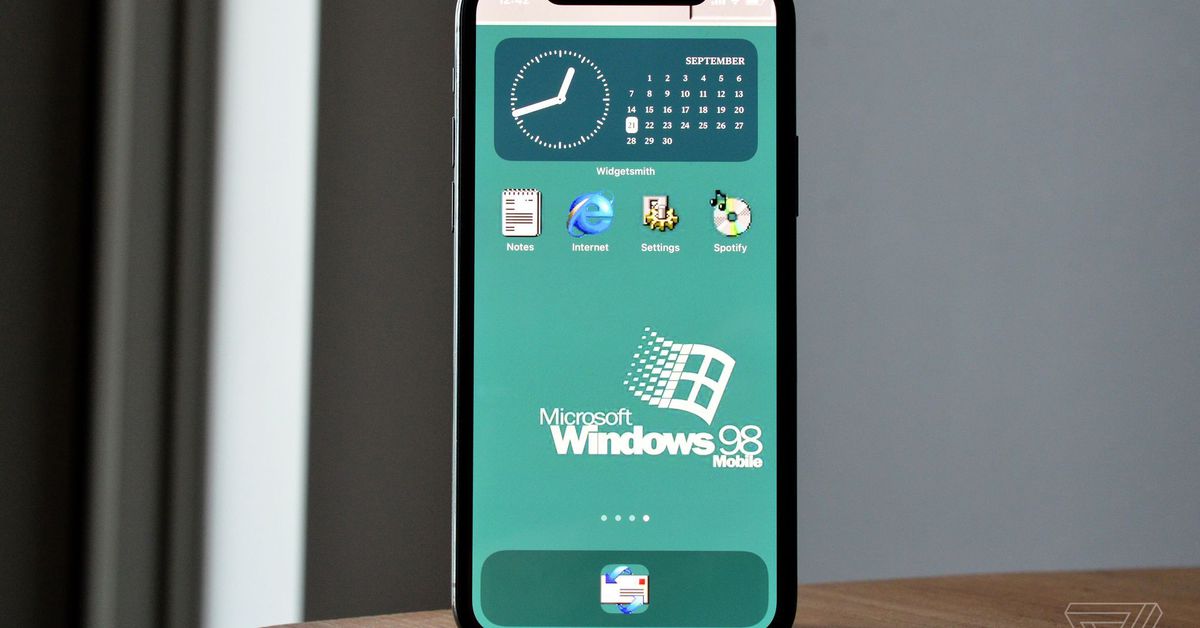
iOS 14 has a lot of iPhones looking pretty different these days — some with classy monochrome color schemes, others with pastel styles ripped right off of Pinterest, and some that look like they’re straight out of Animal Crossing or emulating Windows Mobile.
The changes aren’t some new, radical shift by Apple, but rather a viral wave of enthusiastic users taking advantage of widgets and other tweaks to bring an unprecedented level of customization to the usually rigid Apple-enforced design of the OS.
It turns out that lots of people have been dying to theme iOS, and as any number of viral videos displaying lavishly designed homescreens show, they’re going to great lengths to do it. It’s proof that Apple should continue to trend down this path and allow users to have even greater control over the look and feel of their smartphone — even though it seems almost impossible that the company ever will.
Apple users have been clamoring for the ability to customize the iPhone since the very minute Apple first announced the phone. It only took weeks after the initial iPhone jailbreak in 2007 for the release of a custom design app called Summerboard, which allowed users to customize icons, replace the home screen wallpaper (something that took Apple years to add in an official capacity), and use new fonts across the OS.
Modifying the look of iOS has always been one of the biggest draws of the jailbreaking community, and remains a popular modification for those willing to mess with iOS to this day. But instead of meeting that interest, Apple instead largely stamped out jailbreaking entirely.
But since the release of iOS 14, the demand for custom iPhone styles has skyrocketed, thanks to the newly added widgets and a revitalized interest in a Shortcuts workaround that allows for custom icons. Together, the two features can let users create a fully customized iOS experience, with a unique look and feel, complete with images, text quotes, and your own unique matching icons — provided they’re willing to suffer the limitations of both of those features.
Neither option is particularly elegant. The Shortcuts method involves using the “Open app” command within the app to create a link to an application on your homescreen that features a custom icon — but crucially, tapping that icon causes those apps to ferry users through the Shortcuts app, adding a few seconds of lag to each time you launch an app because it has to invoke the “open app” command. The new App Library feature in iOS 14 does make theming easier, allowing users to fully hide the original app out of sight without having to delete it.
But while customizable widgets — led by apps like Widgetsmith — give users a blank canvas to add interactive elements to their lockscreen, they’re still limited by Apple’s restrictions over size and shape, along with its obsessive labeling that mars the illusion of a perfect style.
There’s no reason that Apple couldn’t do more here. It’s easy to imagine Apple allowing for more direct app icon replacement, or for users to easily switch between entire themes. The company could expand widgets to make them even more functional, or allow users deeper control over the colors and design of overarching UI elements.
Widgets have only given iOS users a taste of the levels of customization that could await them — people want more, and they’re willing to go to absurd lengths to get it. Each app needs to be converted into a shortcut one-by-one in a time-consuming process — there’s no way to just upload an icon or set everything in a batch to match a particular look, as both jailbroken options and Android allow. But unfortunately, it’s a level of control and customization that Apple seems unlikely to grant.
While Google has allowed Android users and developers near free rein over the look of its software, Apple prides itself specifically on its design. The company doesn’t just view the icons and interface of iOS as just a coat of paint over its software; it’s an integral part of the design of the phone, as much as the glass and metal. Apple cares so much about those icons that it once sued Samsung over copying its overall designs and layout, in a lawsuit that dragged on for seven years. No company but Apple makes a video like this to announce their latest software update, or spends as much time and effort on app icon design. I doubt they’re cool with users making it look like a replica of a NookPhone.
Apple’s concessions to the customization front have been few and far between since it first launched in the iPhone in 2007. Users can, for example, set their own custom wallpapers, something that didn’t happen until iOS 3.2 (for the iPad) and iOS 4 (for the iPhone). Developers have only been able to add custom app icon options as of iOS 10.3 — not exactly the sweeping set of options that other platforms (including Apple’s own macOS) offer.
But there is some hope that Apple may eventually give users even more control. iOS 14 and the recent additions here are the biggest shift in the “Apple knows best” approach that the iPhone has ever seen. And if the company isn’t thrown off by the myriad (and sometimes, rough looking) creations of fans, it’s possible that the future of iOS might be a lot less uniform and a lot more…. NookPhone-y.

